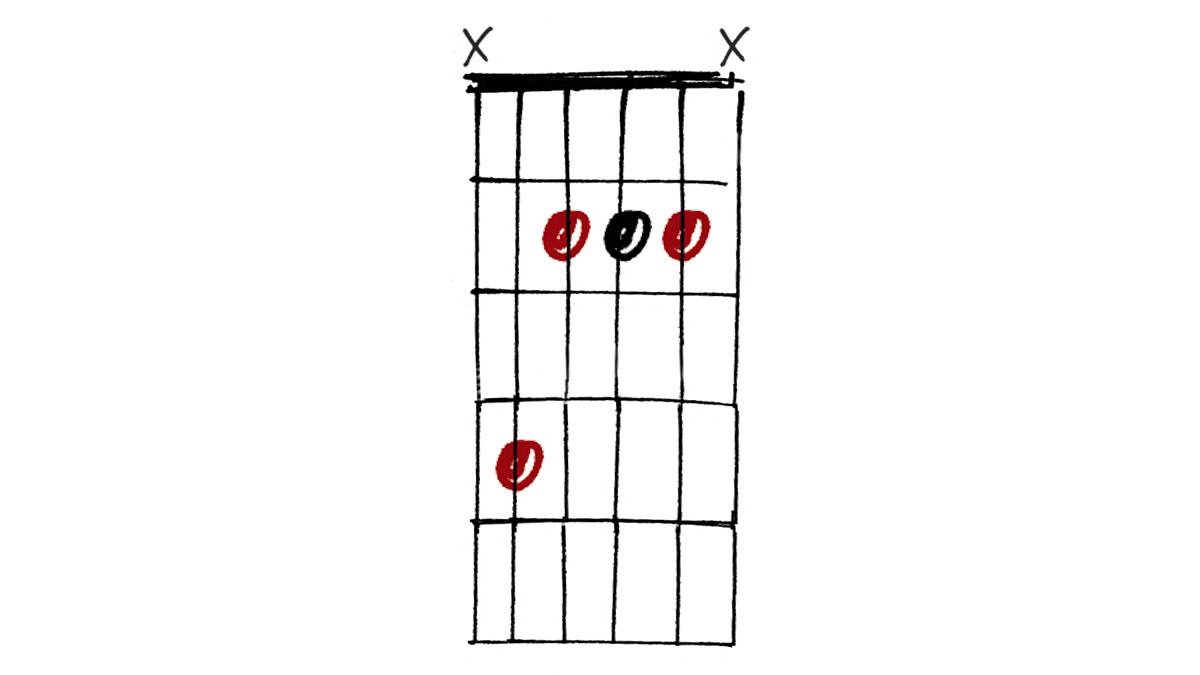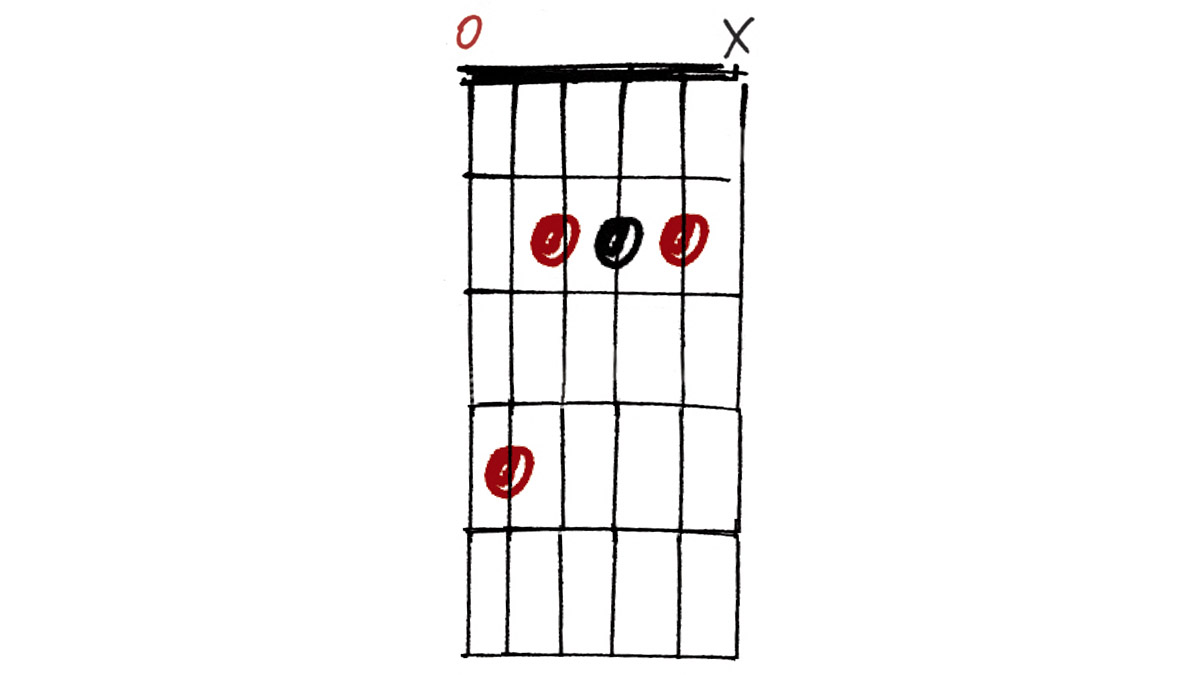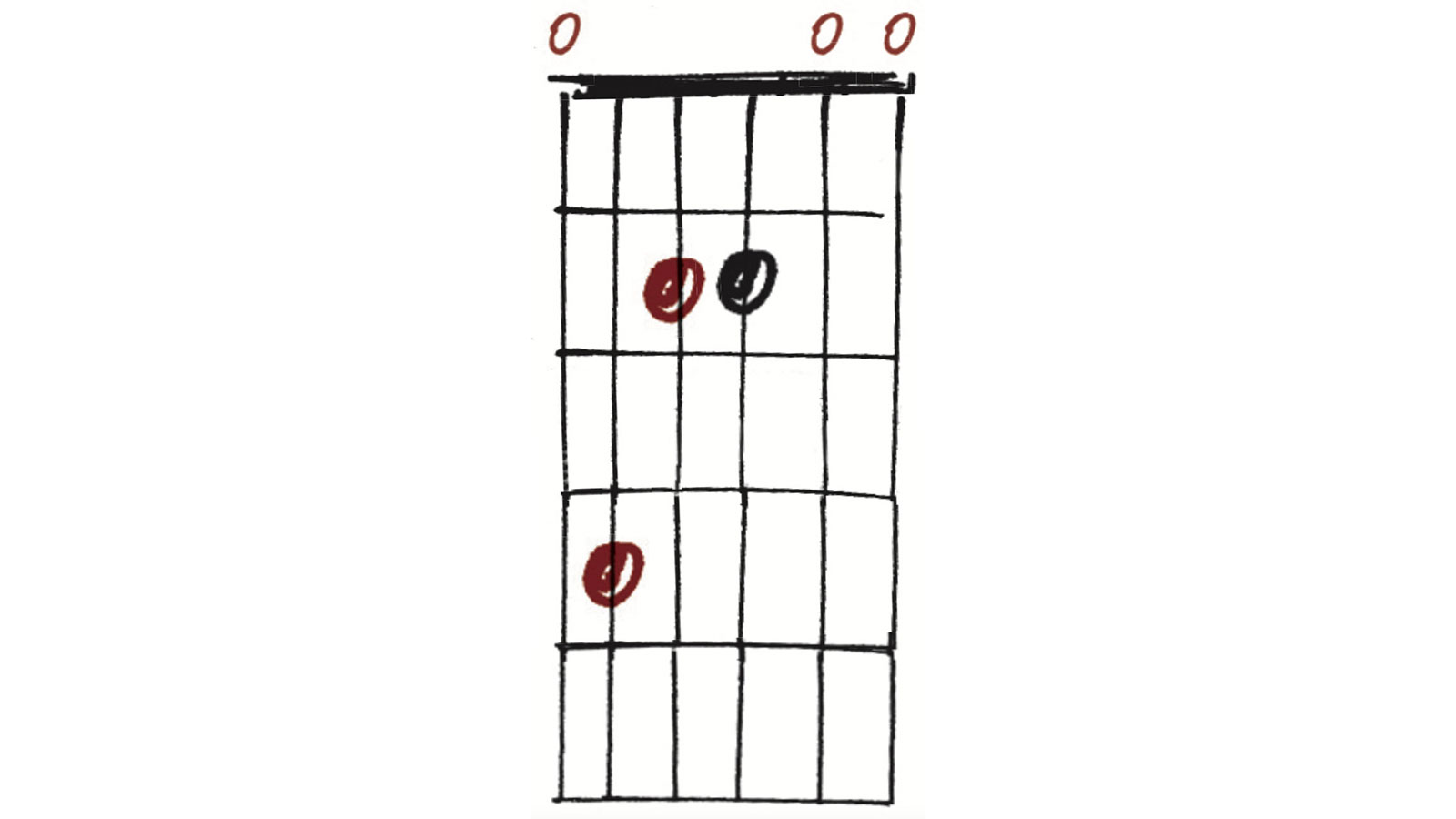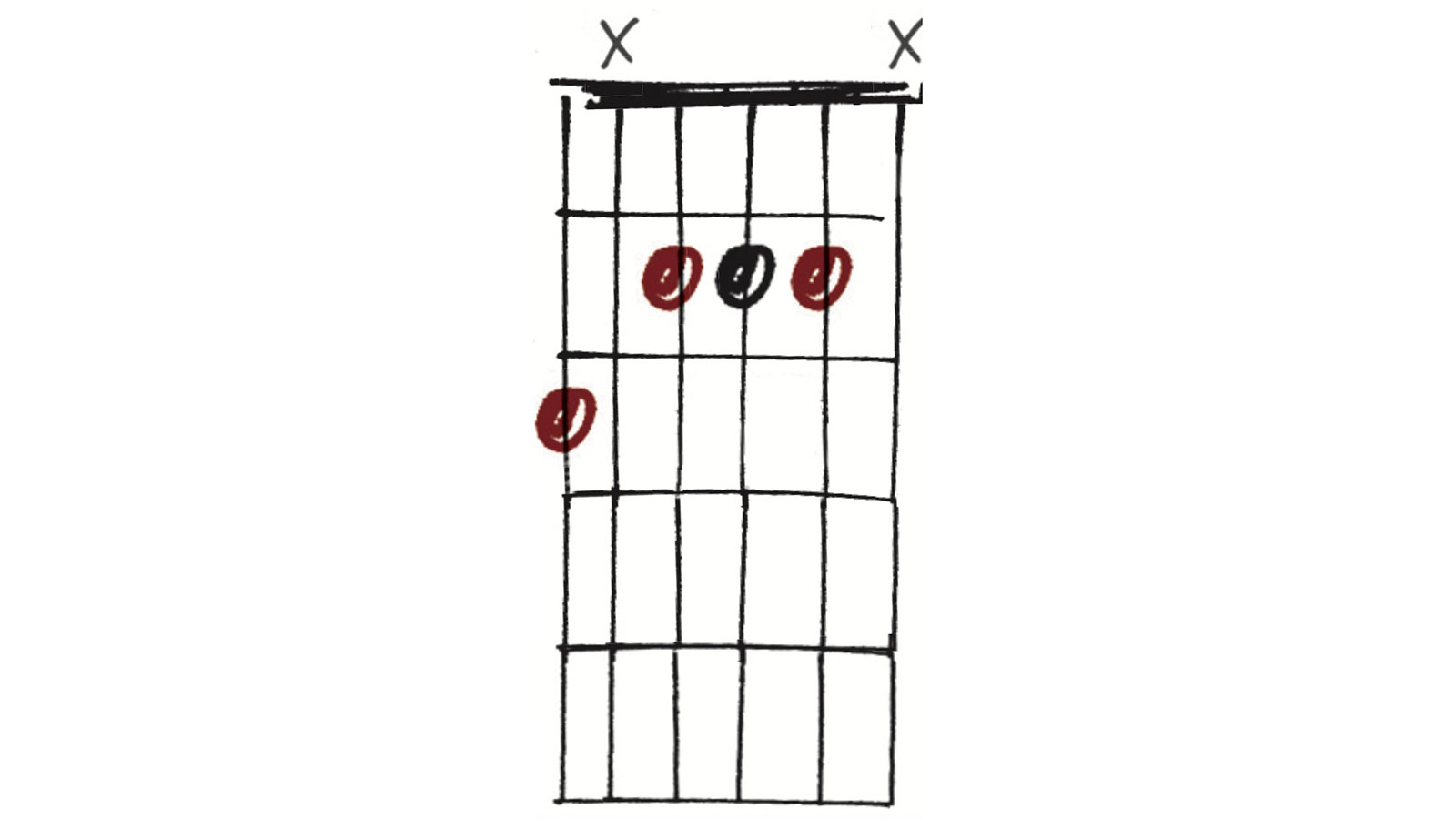How chords can literally be turned on their heads to produce interesting new harmonic effects in songwriting
Using inversions – or slash chords as they are more commonly known – is a great way of experimenting with familiar chords

Inversions is the ‘classical’ name for what we often refer to as ‘slash’ chords, in which the lowest note is something other than the root.
In theory, an A major with a Root-3rd-5th of A-C#-E features the notes in ascending scale order with the root on the bottom. But if we flip this triad to have the 3rd on the bottom, then this gives a ‘first inversion’, or A/C# (C#-E-A).
A ‘second inversion’ flips things again, so we have the 5th on the bottom (E-A-C#). Expanding slightly on this concept, how about adding a dominant 7th, giving us a G in addition to the major triad? A ‘third inversion’ puts this 7th on the bottom, giving us G-C#-E-A.
We are also free to experiment with any other alternative bass notes or chord extensions on top. Composers as diverse as Bach and The Beatles certainly got some interesting results – check out Dear Prudence for a relatively recent example (which we reference in Example 4 below). Enjoy these chords and see you next time!
Example 1: A/C#
This chord could be correctly described as either an A first inversion (3rd on the bottom), or an A/C# in more contemporary ‘theory speak’. The open top E string would also fit in here, but I’ve chosen to omit it for clarity and highlight what’s happening in the low-end instead.
Example 2: A/E
This keeps the same basic shape and adds an E bass note, courtesy of the open sixth string. Listen to how this fundamentally changes the feel of the chord but without altering the overall harmony. This sounds great changing to a regular E major chord and gives a hint at how you might use inversions to make interesting chord changes.
Example 3
I’ve chosen to call this A add9/E because, while it does have the 5th in the bass (second inversion), the add9 takes us a little outside the parameters of the original ‘inversions’ convention. Anyway, this lovely open-sounding chord could almost be in an open tuning or in an orchestral film score!
All the latest guitar news, interviews, lessons, reviews, deals and more, direct to your inbox!
Example 4
You can look at this chord as A7 with the 7th in the bass, A/G or as a third inversion. If you were to play it after a regular A major but before a D major over an F# bass, you would have a great example of how the bass notes can lead a chord progression such as The Beatles’ Dear Prudence.
Example 5
Though this looks similar to Example 3 on the top four strings, there is no 3rd, so what was an add9 is now a sus2. The open fifth string would cloud the picture, so it’s muted to make room for the G at the 3rd fret of the sixth string. Inspired by A/G but with an extra twist.
As well as a longtime contributor to Guitarist and Guitar Techniques, Richard is Tony Hadley’s longstanding guitarist, and has worked with everyone from Roger Daltrey to Ronan Keating.






